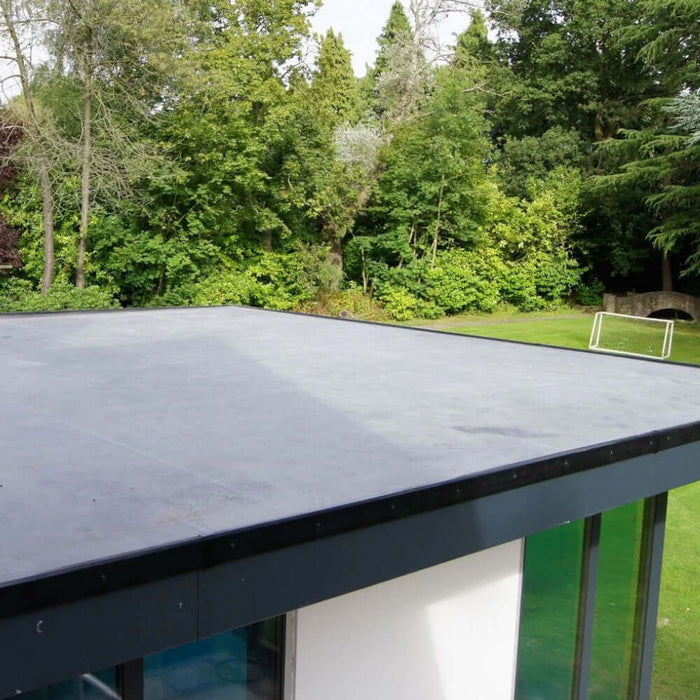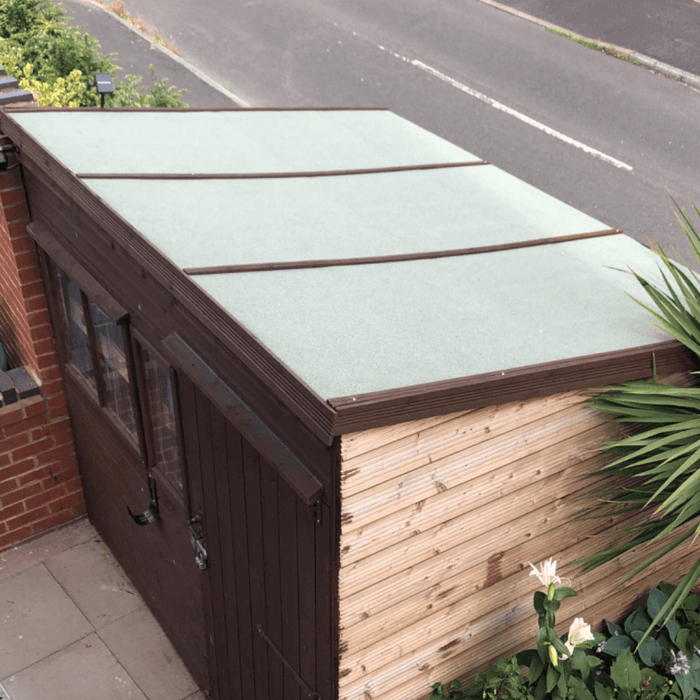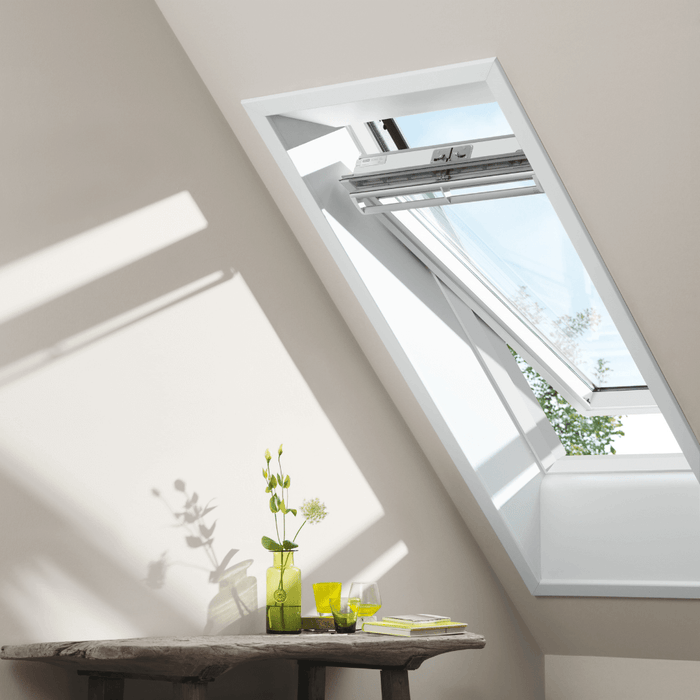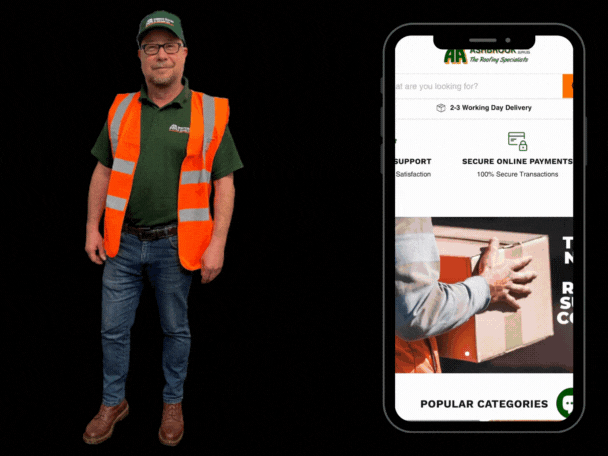When it comes to protecting your home or building from the elements, roofing and flashing are critical components. While many modern materials dominate the market today, cast lead flashing remains a trusted choice for both heritage buildings and new constructions. Known for its durability, versatility, and aesthetic appeal, cast lead flashing is a roofing material that has stood the test of time.
In this blog, we’ll explore what cast lead flashing is, its benefits, common uses, and how to maintain it so that it continues to serve your property for years to come.
What is Cast Lead Flashing?
Flashing refers to the material used to direct water away from joints and seams in a building’s roof, preventing leaks and water damage. Cast lead flashing is made by pouring molten lead into a mold to form specific shapes and sizes, making it an incredibly adaptable material for various roofing and flashing needs.
Lead has been used for flashing since ancient times due to its unique properties—primarily its malleability, corrosion resistance, and ability to withstand extreme weather conditions.
Why Choose Cast Lead Flashing?
1. Durability
One of the standout benefits of cast lead flashing is its exceptional longevity. Lead can last over a century when properly maintained, making it an excellent investment for any property. Unlike other flashing materials like aluminum or plastic, lead is resistant to UV degradation, corrosion, and physical wear and tear, which is why it’s commonly used on historical and listed buildings.
2. Weather Resistance
Cast lead flashing is highly resistant to environmental factors, including extreme heat, cold, rain, and snow. This makes it ideal for locations with harsh or unpredictable weather. Lead naturally expands and contracts with temperature changes, which helps prevent cracks and leaks in areas where other materials might fail.
3. Malleability and Customization
Because cast lead is soft and malleable, it can be shaped to fit complex roof details, such as chimneys, valleys, dormer windows, and skylights. This flexibility means it can be tailored to almost any design or specification, ensuring a tight, water-resistant seal that protects the integrity of your roof.
4. Low Maintenance
Once installed, cast lead flashing requires very little maintenance. Unlike other materials that may need regular painting or re-coating, lead retains its protective qualities throughout its long life. Regular checks for damage are typically sufficient to ensure its continued effectiveness.
5. Aesthetic Appeal
Lead flashing is often used in high-end residential or heritage restoration projects due to its timeless look. The natural patina that develops over time gives it an attractive, weathered appearance that can complement the character of a traditional building. Its subtle gray color works well with many roofing materials, including slate, tiles, and shingles.
Common Uses of Cast Lead Flashing
Lead flashing is used in a variety of roofing applications, including:
1. Roof Junctions
Where two sections of a roof meet, such as at chimneys, parapets, or valleys, lead flashing is essential in creating a weatherproof seal. The flexibility of lead ensures a secure fit, preventing water from penetrating the seams.
2. Chimney Flashing
Lead is often used to flash around chimneys, where the roofline meets the chimney structure. Because chimneys are a common site for leaks, lead flashing is an ideal material to provide a secure, durable barrier against water ingress.
3. Dormers and Skylights
For dormer windows and skylights, which often have complex roof structures, lead flashing can be shaped to fit around the window and provide a waterproof seal.
4. Parapets and Gutters
Lead flashing is often employed around parapet walls and the junctions between the roof and external walls. It is also used in areas where rooflines meet gutters, ensuring that water is channeled properly without leaks.
Installation of Cast Lead Flashing
Proper installation is crucial to the long-term performance of lead flashing. Here are some key steps in the process:
1. Preparation
Before installing cast lead flashing, it’s important to ensure the underlying surfaces are clean and dry. Any debris or dirt can prevent the flashing from bonding properly.
2. Cutting and Molding
Lead flashing is typically cast in sheets or rolled into strips, which are then cut to size. For more complex installations, lead can be molded into specific shapes and angles to ensure a perfect fit.
3. Fixing and Sealing
Once the lead flashing is shaped, it is secured in place using nails, screws, or clamps, depending on the application. A high-quality sealant is often applied to the edges to provide additional waterproofing and prevent gaps or leaks.
4. Checking for Gaps
After installation, the flashing should be carefully inspected for any gaps or areas where water could potentially enter. It is also important to ensure that the flashing is adequately secured, as any movement could lead to future issues.
Maintenance and Care
While cast lead flashing requires minimal maintenance, periodic inspections are essential to ensure its longevity. Here are some tips for maintaining your lead flashing:
1. Regular Inspections
Check your flashing at least once a year, or after severe weather events. Look for signs of wear, such as cracks, loose edges, or any buildup of debris. It’s important to fix small problems before they become larger, more expensive issues.
2. Cleaning
Lead flashing can develop a natural patina over time, but it can also accumulate dirt and moss. Gently clean the flashing with a soft brush or cloth to remove any buildup. Avoid using harsh chemicals that could damage the lead.
3. Repointing
If you notice gaps between the flashing and the adjacent roof materials, you may need to apply new sealant or mortar to ensure a tight seal.
Cast lead flashing is an enduring solution for anyone looking to safeguard their home or building from water damage. Its durability, weather resistance, and aesthetic appeal make it an excellent choice for both modern and historic buildings. With proper installation and periodic maintenance, cast lead flashing can last for generations, providing reliable protection against the elements and preserving the integrity of your roof. Whether you're working on a restoration project or a new build, cast lead flashing remains a tried-and-true material for creating long-lasting, watertight seals.










